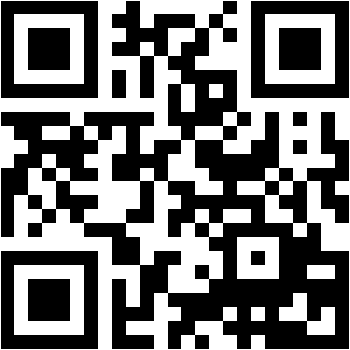
News that Microsoft is shutting down its Microsoft Tag service in 2015 hasn’t caused much of a stir in the technology sector, except maybe the odd “they still had that?” question that might have been muttered into a morning coffee or two. This may be because the scanned-image technology craze has not taken off as expected.
It’s true—Microsoft still had their weird little 80s-themed QR code program up and running, but soon will be supported by the new sole licensee Scanbuy before shutting down completely in August 2015.
Scanbuy plans to support Microsoft Tag Technology on the ScanLife platform beginning no later than Sept. 18, 2013, and to offer transition and migration services to Microsoft Tag customers who choose to migrate to the ScanLife platform. This transition path will help current Microsoft Tag customers to continue running campaigns using Microsoft Tags on the ScanLife platform.
Tag is a proprietary implementation of a larger set of visual images known as QR (quick response) codes—those little black-and-white dotted squares you might have seen in stores, on windows of storefronts or on billboards. The idea is simple: each distinct pattern can be attached to a unique web landing page that can be used to give potential customers pricing and marketing information and even sign up for services.
Tag works in much the same way, though using colored triangular patterns that look like a flashy 80s tracksuit. (To be fair, Tag also has the capability to create themed custom tags.)
With so many people carrying around smartphones these days, you might think that QR codes would be a growing market. But there is some evidence to suggest that growth is either flat or non-existent. Maybe it’s because using QR codes can be such a clumsy experience.
Problem number one: QR codes are often an afterthought. Because they are so easy to create and linked to existing web sites, that’s often what advertising and marketing people just do, linking them willy-nilly to pages that may or may not have been optimized for the mobile devices that are surely being used to view the page.
Pulling up a web page that’s not readily viewable on a mobile phone’s browser is a common occurrence for QR code scanners, which is just plain lazy on the part of the QR code makers.
Problem number two: No native app support. If the built-in Camera app for Android and iOS phones supported QR-code recognition better, then the actual process of scanning a code might be worth the effort. As it is now, users have to download a separate app, then open that to scan the code image.
This is not an arduous process, to be sure, but it’s enough of a hassle that some users simply won’t bother with it.
That seems to be the problem with QR codes in general: After the initial promise of cool and interesting content to supplement the consumer or community experience, what users actually got was slap-dash marketing and a sense of being let down. Maybe the tech will be more effective some day, if advertisers learn to use it better.
For now, QR codes are just one more piece of noise in the world.

















